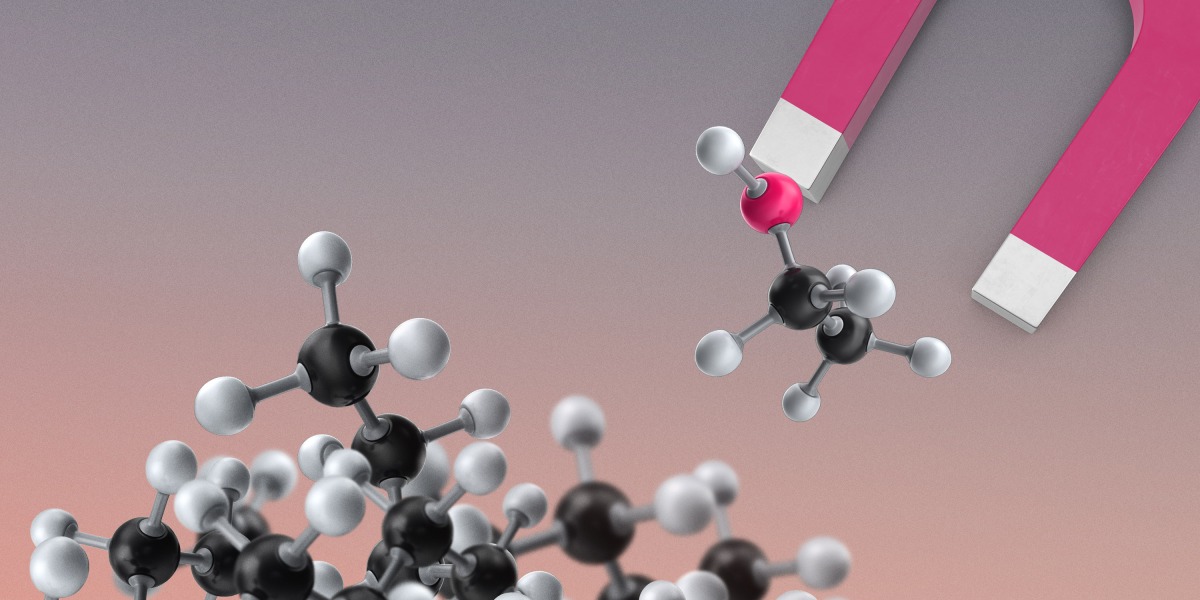
The team managed to find these new metals through a combination of AI and lab experiments. First, they had to overcome a significant challenge: a lack of existing data they could use to train the machine-learning models. They trained the models on the data they had—several hundred data points describing the properties of existing metal alloys. The AI system used that data to make predictions for new metals that would exhibit low invar.
The researchers then created those metals in a lab, measured the results, and fed those results back into the machine-learning model. The process continued that way—the model suggesting metal combinations, the researchers testing them and feeding the data back in—until the 17 promising new metals emerged.
The findings could help pave the way for greater use of machine learning in materials science, a field that still relies heavily on laboratory experimentation. Also, the technique of using machine learning to make predictions that are then checked in the lab could be adapted for discovery in other fields, such as chemistry and physics, say experts in materials science.
To understand why it’s a significant development, it’s worth looking at the traditional way new compounds are usually created, says Michael Titus, an assistant professor of materials engineering at Purdue University, who was not involved in the research. The process of tinkering in the lab is painstaking and inefficient.
“It’s truly like finding a needle in a haystack to find materials that exhibit a special property,” Titus says. He often tells his new graduate students that there are easily a million possible new materials waiting to be discovered. Machine learning could help researchers decide which paths to pursue.
